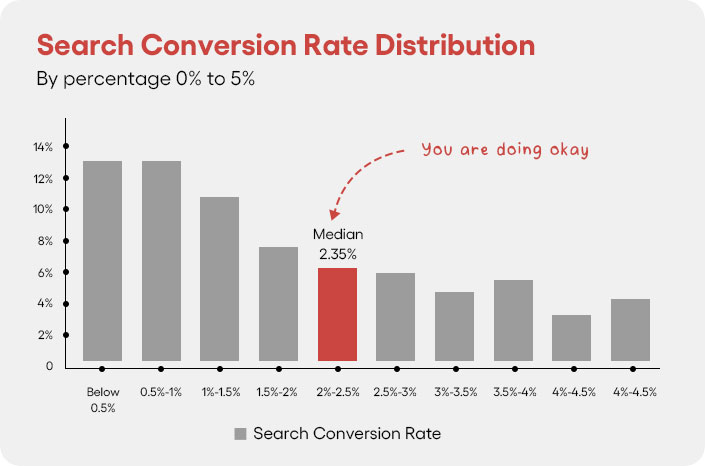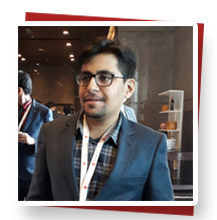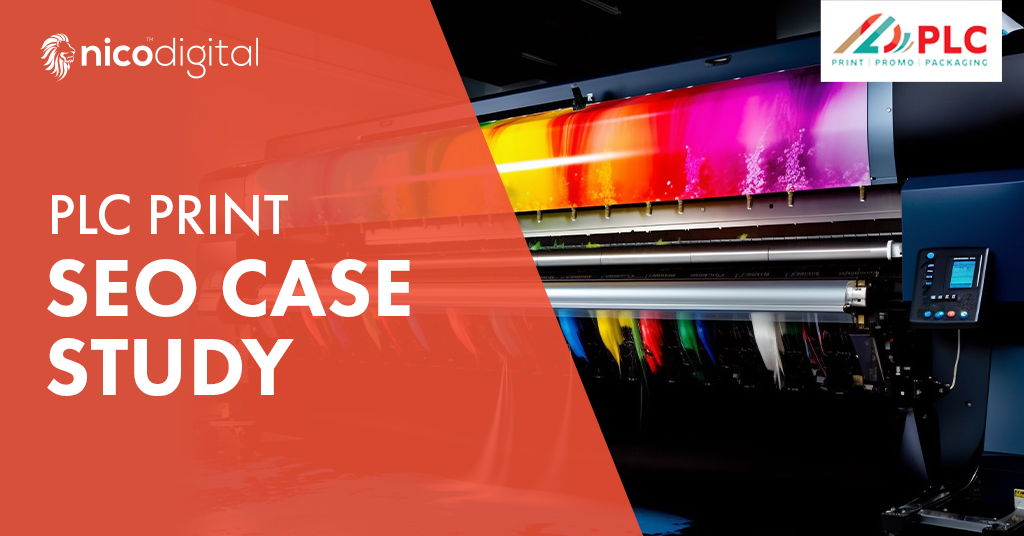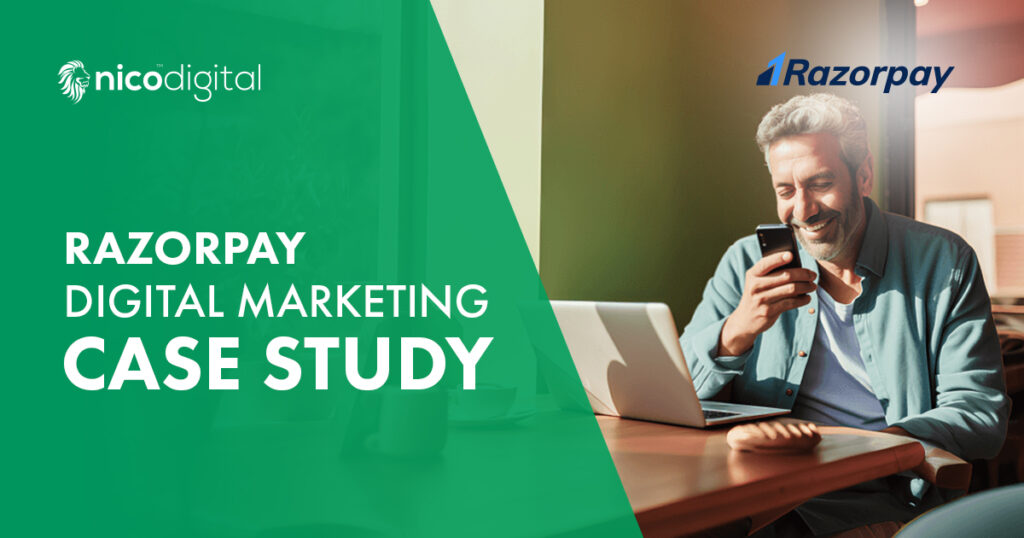
Tired of shooting in the dark? Want a results-driven approach to marketing? Well, performance marketing is your friend.
And unlike traditional marketing which focuses on creating brand awareness, the ultimate goal of performance marketing is to drive specific actions – clicks, conversions and even downloads.
Marketers here create specific campaigns tailored to their audience to get more engagement, increase conversions and build stronger brand connections with their audience.
But, how would these marketers determine if their campaigns are successful?
The answer lies in tracking performance marketing metrics.
So, read on as we break down the top 10 metrics every performance marketer should track.
Because guessing may be fun. But profitable campaigns are much better.
What are metrics in performance marketing?
Metrics in performance marketing are essential points of data which are used to assess the success and efficiency of your marketing campaigns. These metrics provide insights into how well your marketing campaigns are performing.
This ultimately helps marketers make data-driven decisions to optimize results and allocate their results more effectively.
Performance marketing metrics measure
your
campaign's success and effectiveness.
So, why exactly should you track your metrics in performance marketing?
According to a report from LinkedIn, almost 50% of CMOs and CFOs report that marketers are under immense pressure to demonstrate their marketing efforts on business outcomes.
Thus, tracking metrics in performance marketing is not only crucial for understanding campaign effectiveness but also for demonstrating clear and measurable outcomes for a business’s performance.
By closely monitoring these metrics, marketers can showcase how their strategies drive revenue, improve customer acquisition, and increase brand visibility.
Key Characteristics of Performance Marketing Metrics
Below are some key characteristics which are common to every performance marketing metric. This will help you better understand them when we talk about it later. So, let’s have a look.
 1. Cost-Driven
1. Cost-Driven
Most performance metrics are expressed in terms of cost per action (e.g., Cost Per Click, Cost Per Lead). This allows marketers to assess the financial efficiency of their campaigns.
 2. Action-Oriented
2. Action-Oriented
These metrics focus on specific actions taken by users, such as clicking on an ad or completing a purchase.
 3. Real-Time Data
3. Real-Time Data
Performance marketing utilizes real-time data from digital platforms. This helps to enable immediate adjustments and optimizations based on performance insights.
Moving on, let’s have a closer look at the top 10 metrics every performance marketer should keep an eye on.
Top 10 Metrics to Track in Performance Marketing
Performance works with measurable outcomes. However, with so many metrics available, it can be difficult to identify the most important ones.
Thus, we bring to you the most important metrics that actually work for you. We are talking about the must-haves, and not the fluff. The ones that keep the lights on, the clicks rolling in, and your boss nodding in approval.
So, let’s get measuring.
1. Click-Through Rate
CTR is the percentage of people who clicked on your ad or link after seeing it. It’s calculated by dividing the total clicks by total impressions and multiplying by 100. A high CTR suggests that your ad copy, visuals, or content resonate with the audience, and makes them curious. Thus, they want to learn more about you.
As a marketer, a high Click-Through Rate is what you should be targeting. A high CTR means that your ad is engaging and your content is relevant. A high CTR can also lead to higher quality scores on platforms like Google Ads which can reduce costs.
For Google Ads, only 3.17% of your target
audience clicks on your content
Source: Smart Insights
Most marketers see a poor CTR because they don’t have optimized landing pages or their content is not compelling enough.
Thus, the key to a high CTR lies in creating ads so irresistible that your audience simply can’t scroll past them!
How to Calculate:

2. Cost Per Click (CPC)
CPC measures the amount you pay every time a person clicks on your ad. It’s a common metric in paid advertising channels, such as Google Ads and Facebook Ads. By calculating CPC, you can gauge how cost-effective your ads are in bringing users to your site.
Knowing your CPC helps you manage your budget efficiently. It’s particularly useful for tracking whether you’re spending too much for each click, allowing you to adjust your bids or targeting criteria.
A lower CPC value means you are spending your Ad spend more effectively.
For Google Ads, the average CPC is $2.69
for search ads and $0.63 for display ads
Source: Smart Insights
How to Calculate:

3. Conversion Rate (CVR)
Conversion rate is the percentage of visitors who completed a desired action, such as making a purchase, signing up, or downloading a resource. It’s a key indicator of how effective your landing page, call-to-action (CTA), or your product offer is.
CVR measures the effectiveness of your marketing funnel. A high conversion rate means you’re successfully moving users from interest to action. You aren’t just turning heads, you are closing deals!
And a low CVR indicates potential issues with your content or user experience. Maybe your content is as boring as watching paint dry, or maybe your landing page experience feels like an obstacle course.
So, if you’re aiming for a high CVR, give your audience something they can’t refuse – smooth navigation, irresistible offers, and content that feels less like an ad and more like a conversation.
Want more tips to increase your conversion rates? Well, here’s a checklist from Boss Man Google itself!
The average conversion rate for websites is 2.35%

Source: Invespcro
If you are at the 2.35% mark, you’re doing okay. However, if you fall short of it, don’t worry, we have got you. Learn how we can increase your conversion rates, over a cup of coffee, or tea if you prefer.
How to Calculate:

4. Customer Acquisition Cost
Customer Acquisition Cost (CAC) is the total cost of acquiring a new customer. It also includes marketing, advertising and any other associated costs.
CAC is also one of the most important performance marketing metrics, which holds especially true for SAAS companies.
CAC helps you understand how much it costs to win a new customer. If your CAC is low while you have a high customer volume, congratulations! You, sir, have a successful and cost-effective campaign on your hands.
How to Calculate:

5. Return on Ad Spend (ROAS)
ROAS is a key metric that calculates how much revenue is generated for each dollar spent on advertising. It is the advertising equivalent of ROI.
ROAS helps to address the elephant in the marketing boardroom – Are my marketing efforts actually working?
It helps to guide decision- making for marketers and helps them understand where to allocate more budget and where to step down and scale back.
200% is the average ROAS for Google Ads
Source: WEBFX
A number greater than 1 in ROAS indicates that your marketing efforts are bearing fruit.
However, one thing to keep in mind is that since ROAS is a fraction, it reveals the effectiveness of your campaign, but not decision-making.
For example, a social media campaign may fetch $200 in revenue with a $20 ad spend. And it would have the same ROAS as a paid ad with a $40,000 revenue which is generated from a $4000 ad spend.
ROAS provides direct insight into the effectiveness of your ad spending. A higher ROAS means your ad is yielding strong returns, while a low ROAS may signal the need to rethink your approach.
How to Calculate:

6. Lifetime Value (LTV)
It’s easier to sell to a loyal customer than to convince a new one. LTV is the estimated revenue a customer will generate throughout their relationship with your business. It is also known as Customer Lifetime Value (CLV).
This metric helps assess the entire worth of a customer for a company. If your LTV is higher than your CAC, your marketing efforts are paying off in the long run.
The top 1% of e-commerce customers are
18 times more valuable than the average
customer
Source: The Good
How to Calculate:

7. Bounce Rate
Ah, the good ol’ bounce rate.
Bounce rate is the percentage of visitors who leave your website after viewing only one page.
A high bounce rate indicates that visitors aren’t finding what they’re looking for on your site. Or the page experience isn’t engaging enough for them. And then they bounce.
According to a report from Databox, A good bounce rate can be 40% or lower. And a bounce rate of 60% means you got some serious rethinking to do with your page’s content, loading speed and overall user experience. It’s time to roll up your sleeves and figure out why visitors are ghosting you. Here’s an idea of what the average bounce rate looks like for different industries. So you know where you stand.
| Average Bounce Rate | Industry |
| 27.925% | Apparel and footwear |
| 49.47% | Consulting and professional services |
| 42.4% | Education |
| 38.65% | Health and wellness |
| 48.24% | SaaS |
Also, here’s a Google tip sheet to help you lower your bounce rate. You’re welcome.
According to Hubspot, a high bounce rate means you have problems with your SEO, along with other factors like:
- Slow loading times
- Poor web page design
- Mismatched content and keywords
- Lack of mobile optimization
How to Calculate:

8. Cost Per Acquisition
Cost Per Acquisition or CPA calculates how much it costs to acquire a customer who performs a specific action, like a purchase or even a sign-up. It is kind of similar to CAC. However, it focuses on smaller goals within the funnel.
CPA helps measure how much it costs to acquire a single customer in your sales funnel, from the first point of touch to conversion.
Ideally, all businesses would want their CPA to be as low as possible. However, getting there can be hard. Those costs just don’t want to budge!
The average CPA for Google AdWords is
$59.18 for the search network
Source: Search Engine Land
This is why we have prepared a small checklist to help you lower your CPA.
- Write great ad copy
- Customer retention should be your number one focus
- Create optimized landing pages
- Conduct thorough market research
- Make the most out of your CRM to prioritize leads
How to Calculate:

9. Engagement Rate
Engagement rate measures how actively users interact with your content. This includes likes, shares, comments, and more. Engagement rate is a performance marketing metric which is used in analyzing the effectiveness of your brand campaigns.
There is no single definition of an engagement rate, as it varies for varying platforms.
Below is a table that helps you understand what engagement is for different platforms.

High engagement rates suggest that your audience finds your content valuable and relevant. It’s a great metric for gauging brand awareness, loyalty, and community-building efforts.

10. Search Impression Share
The last, but not least, on our list, is Search Impression Share, which is a key metric in digital advertising that helps measure how often your ads are shown compared to the total number of times they could have been shown.
It tells you what percentage of the total number of eligible impressions your ad actually received. It’s crucial for understanding your ad visibility and gauging the effectiveness of your campaigns.
A high impression share means your ads are appearing frequently and are reaching a larger portion of your target audience. On the other hand, a low impression share can indicate that your ads are missing out on potential opportunities. This can happen due to budget constraints, low bids, or a limited ad rank.
By tracking this metric, you can make adjustments to increase your visibility. This may involve raising your bids, expanding your budget, or improving ad quality.

That s a wrap!
Tracking the right set of metrics is important for any performance marketer. Thus, these 10 metrics provide a balanced view of a marketing campaign’s effectiveness, cost efficiency, customer retention, and even engagement.
Each of these metrics brings unique insights, and together they offer a comprehensive view of marketing performance.
And by paying attention to these numbers and making data-driven adjustments, performance marketers can ensure they’re continuously improving and reaching their business goals.
However, if these metrics sound Greek to you, we’re always here to help! At Nico Digital, we combine data-driven strategies with creative flair to help you stand out and grow online. Let’s drive real results together – connect with us today and start transforming your digital journey!























